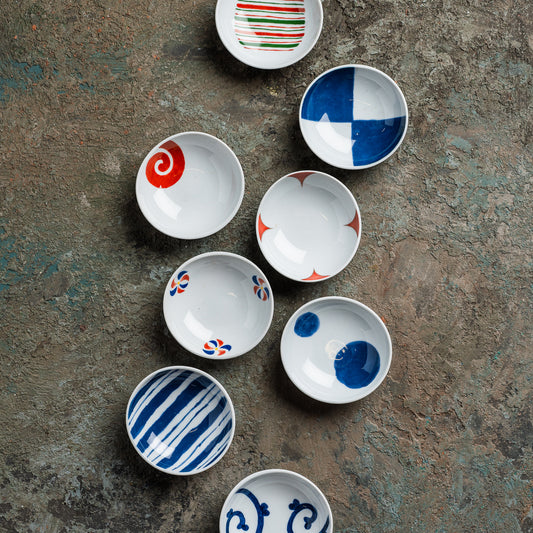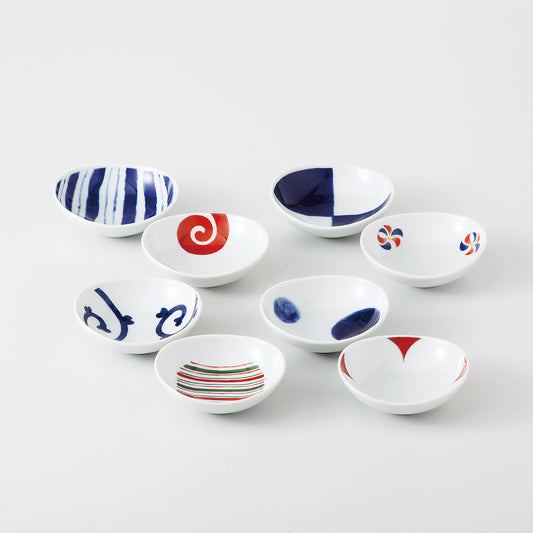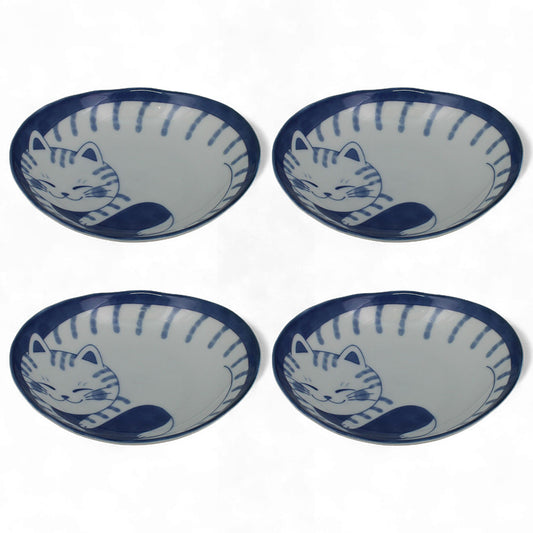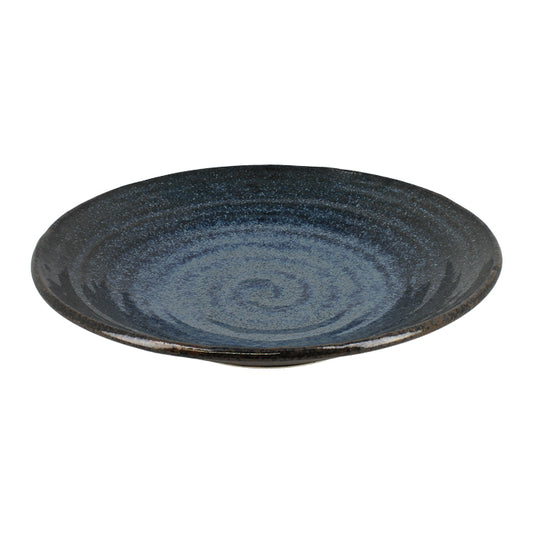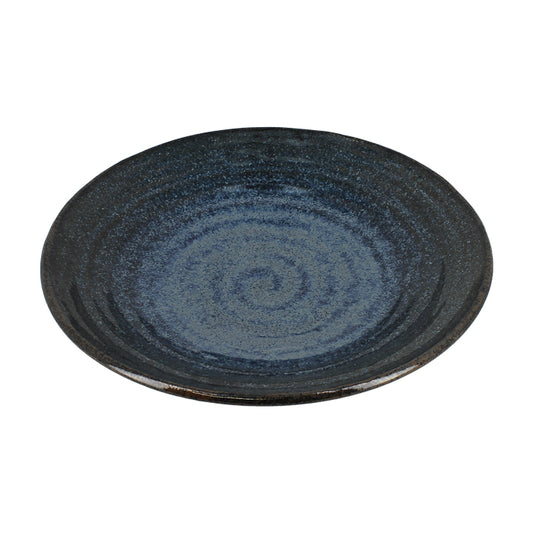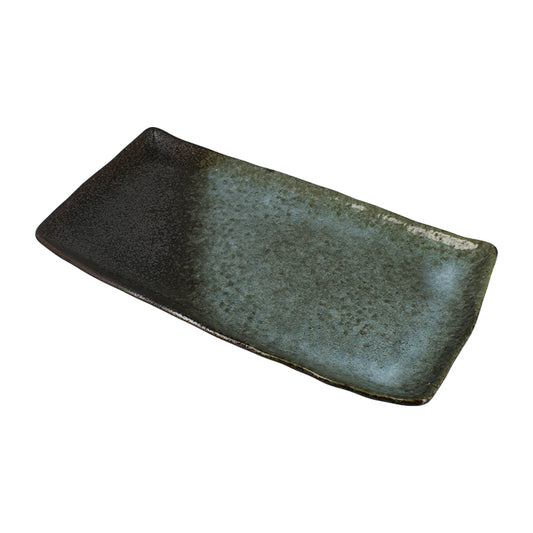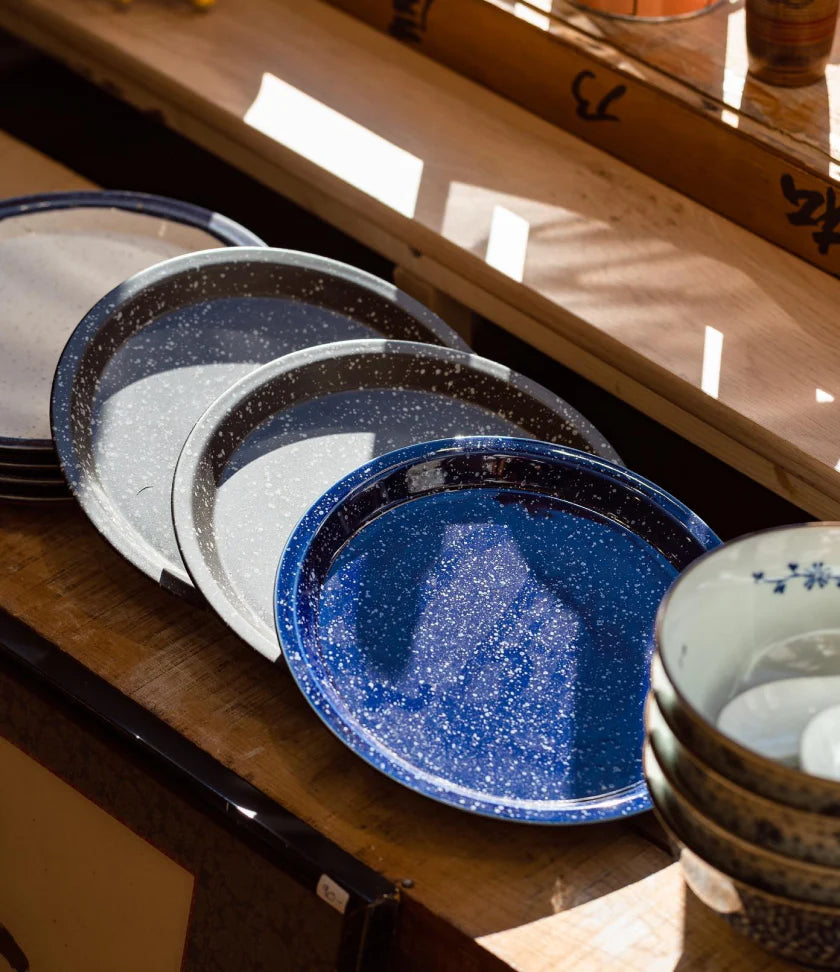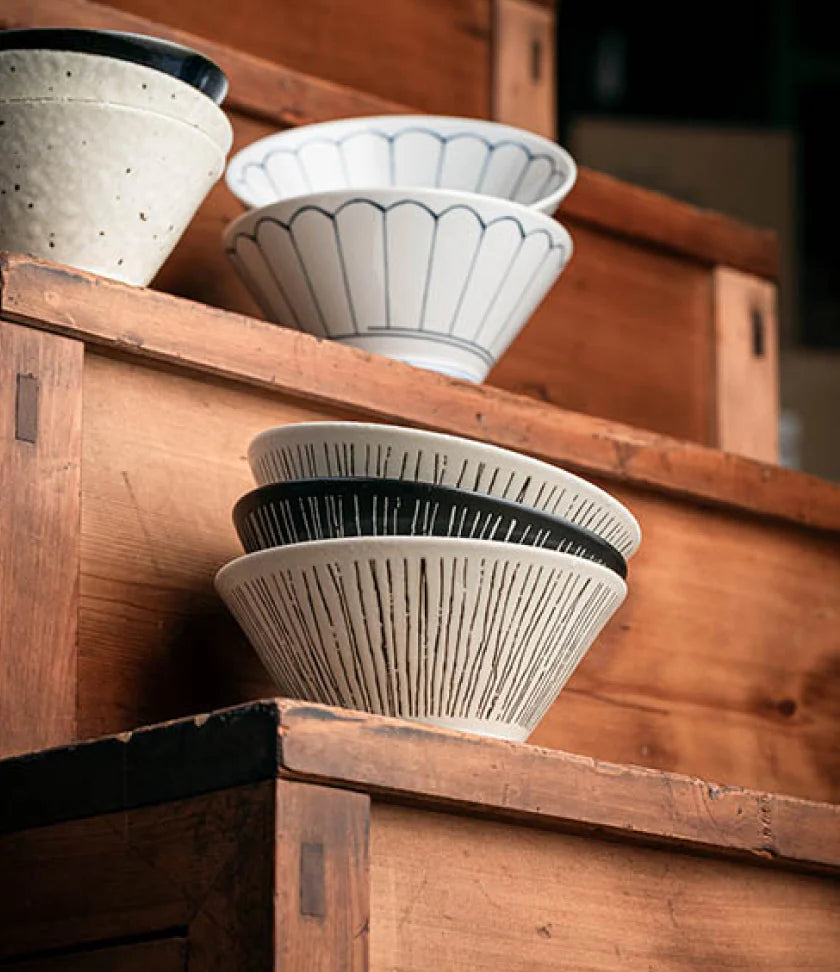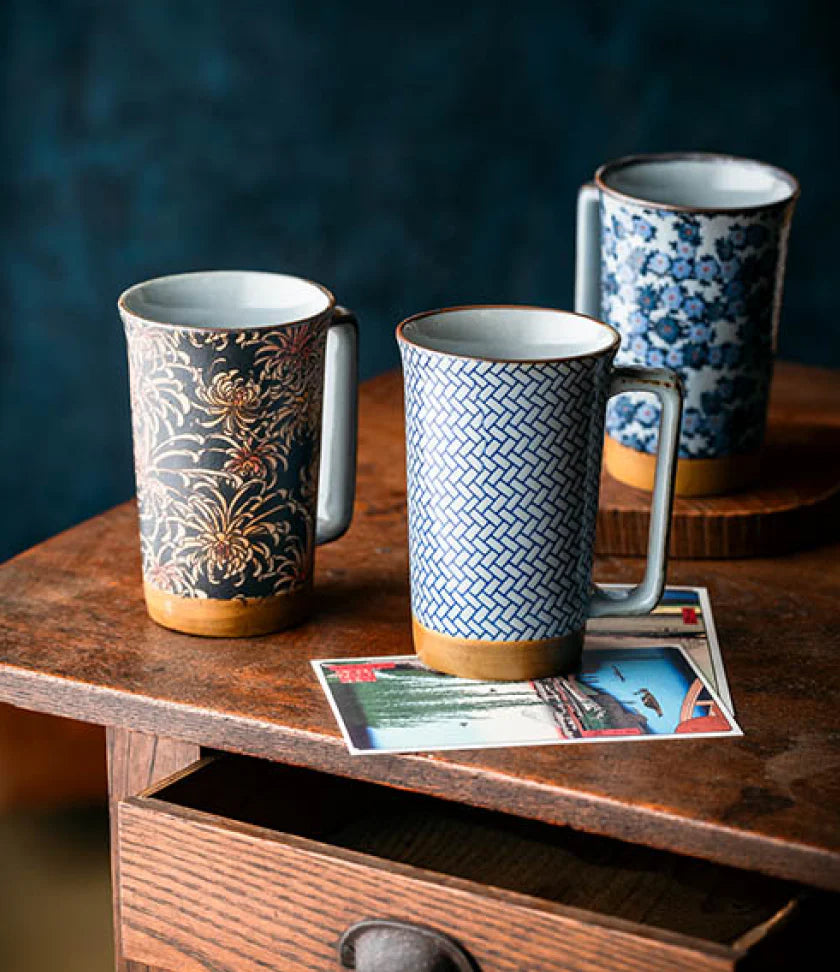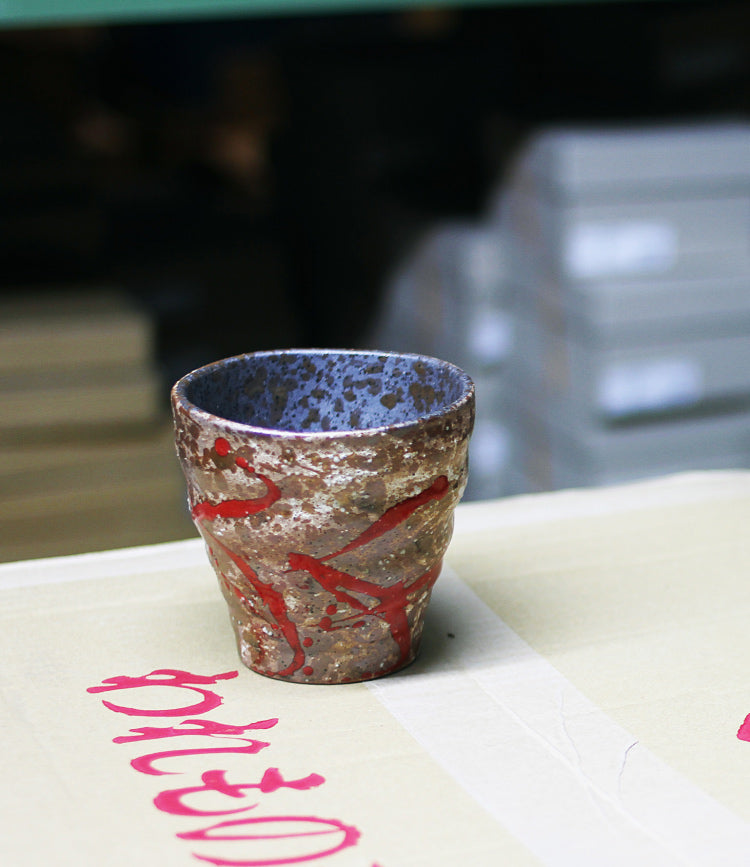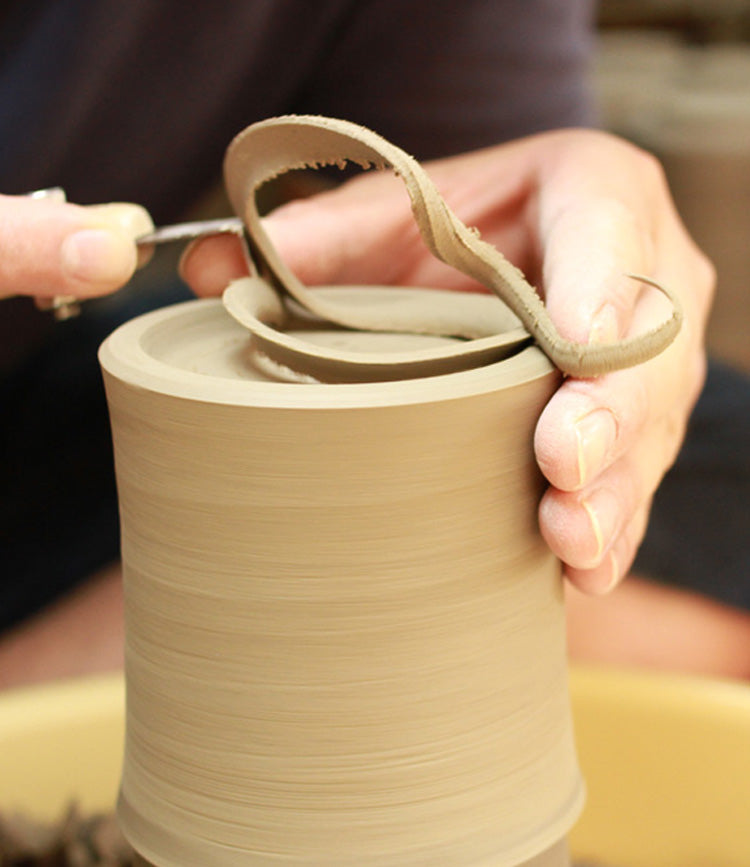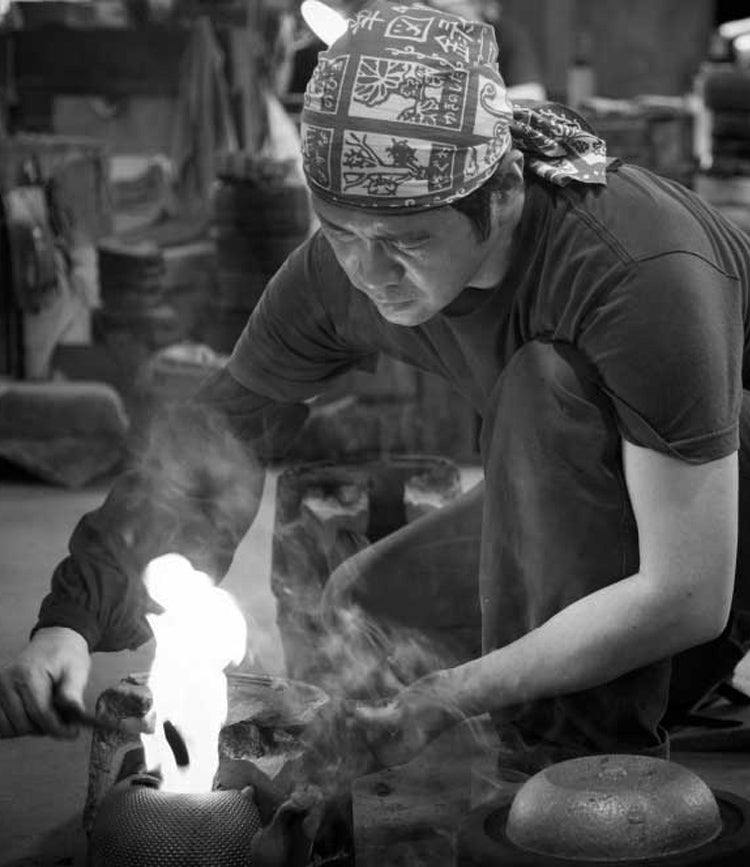
“Ichi Raku, ni Hagi, san Karatsu” Raku and the tea ceremony
The word Raku is the abbreviation of the Japanese term Raku-yaki, which means “comfortable cooking”, in the sense of easily, quickly achievable. This is a “rough” glazing technique developed in Japan during the 16th century, when perfectly finished tea bowls were in vogue.
The word Raku is the abbreviation of the Japanese term Raku-yaki, which means “comfortable cooking”, in the sense of easily, quickly achievable. This is a “rough” glazing technique developed in Japan during the 16th century, when perfectly finished tea bowls were in vogue. Created by the Korean potter Chôjirô (1516-1592), Raku ceramics are distinguished by their lack of color and ornaments as well as their irregularity due to hand shaping. As soon as it appeared, it surprised the public who called it “ima-yaki”, or pottery of the moment, that is to say contemporary. When the father of Raku died, the bowls came to be called “Juraku-yaki”, named after the district where the kiln was located. At this time, Tanaka Muneyoshi, who at the time was Chôjirô's support, had the authorization of the very powerful Toyotomi Hideyoshi to affix on his pieces a hallmark with the ideogram of “Raku” (楽), pleasure, and this is how this technique is gradually called “Raku-yaki”. Since then, fifteen generations have followed one another and the last one still works today in Kyoto.
To make Raku, artisans use chamotte sandstone, a raw clay resistant to strong temperature variations. Indeed, the method of cooking these pieces is relatively brutal: after the oven has reached a very high temperature, the still incandescent pieces are taken out of the oven, smoked and then cooled by suddenly plunging them into water. The addition of thermal shock and smoking causes the characteristic cracking and blackening of Raku. This rugged technique is closely linked to Zen thought and the tea ceremony (Chanoyu). Moreover, an old maxim hierarchizes the styles of ceramics that we prefer to use during Chanoyu: “Ichi Raku, ni Hagi, san Karatsu”, that is to say: first the Raku, then the Hagi and finally Karatsu. When codifying the way of tea, the master Sen no Rikyû (1521-1591) wanted to replace imported bowls with local ceramics, however, he was not attracted by smooth porcelain but rather by imperfection and the sobriety of the terracotta, more sincere and impulsive: in accordance with the evanescence of this world that we seek to feel during the tea ceremony. Each irregularity frozen in the material is a poetic evocation of the transience of nature and it is in this suspended moment that is the Chanoyu that we lose ourselves in the picture that is this petrified enamel. This is how the collaboration between the tea master and the fire man begins: with Raku, Chôjirô was able to materialize the ideals of this philosophy and in the deep black of the smoking and the cracks, Sen no Rikyû saw the essence of the world.
